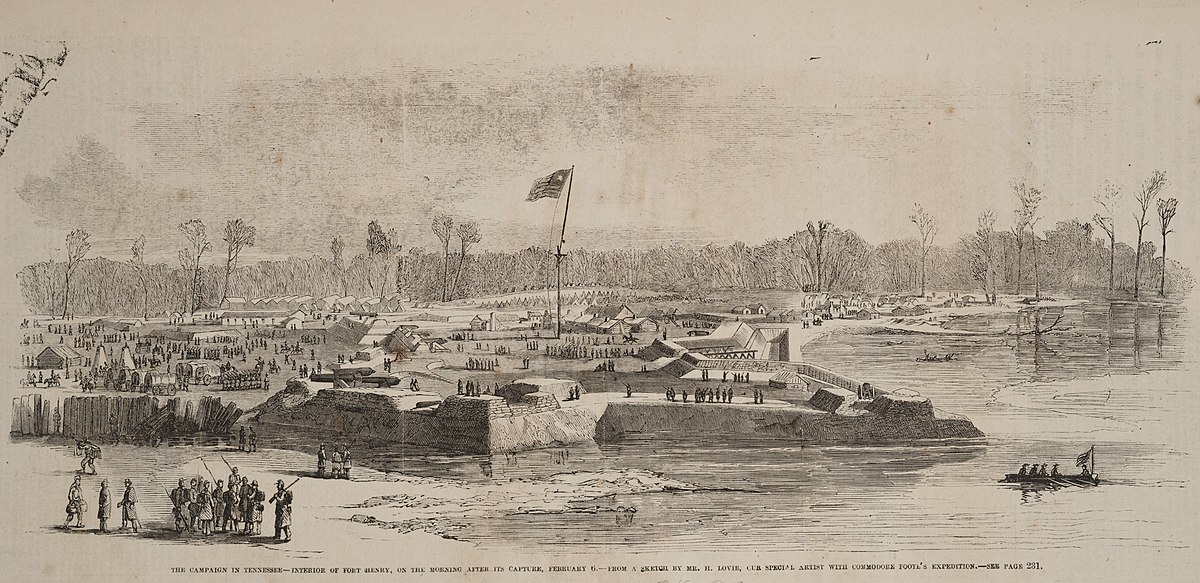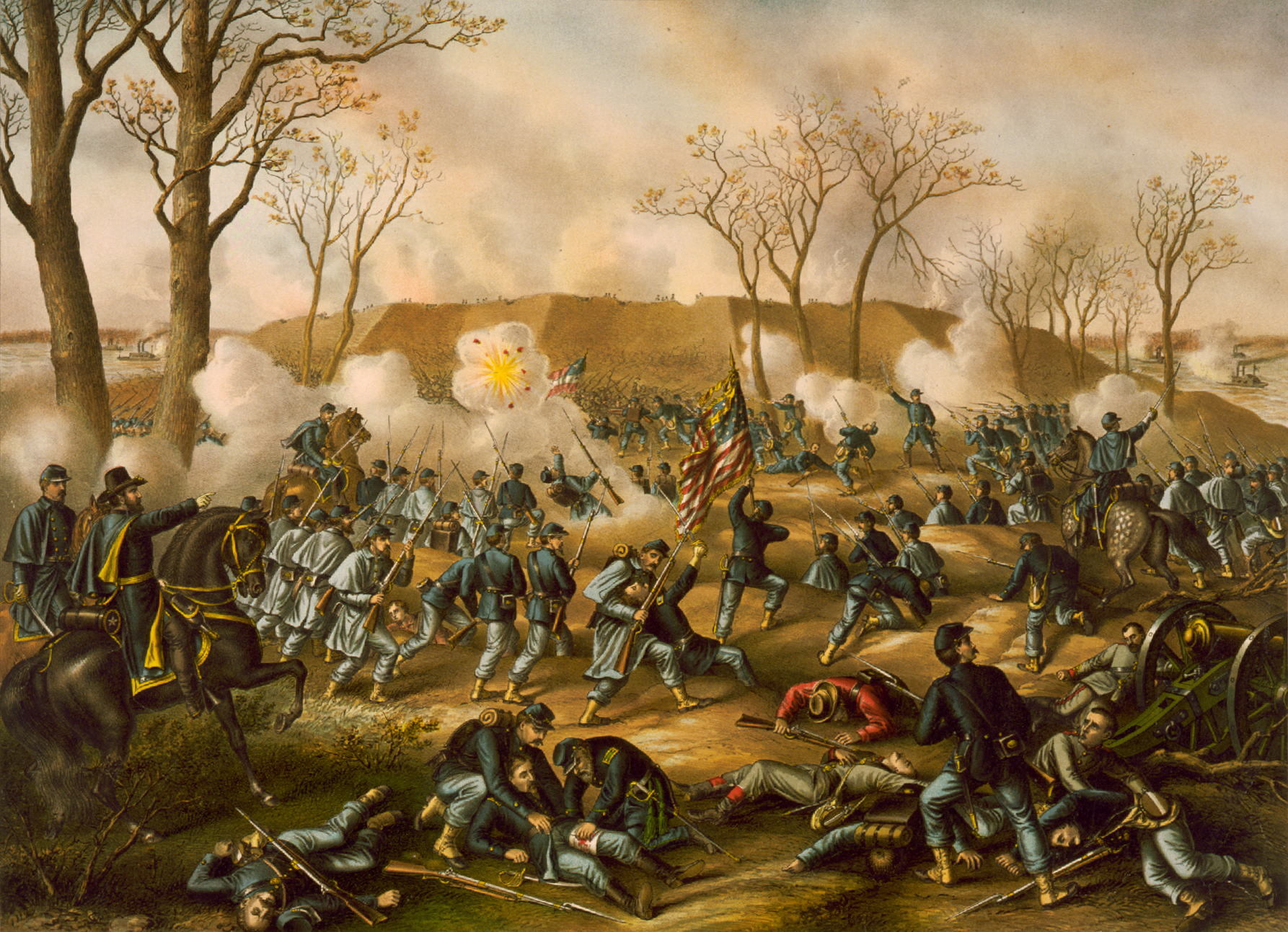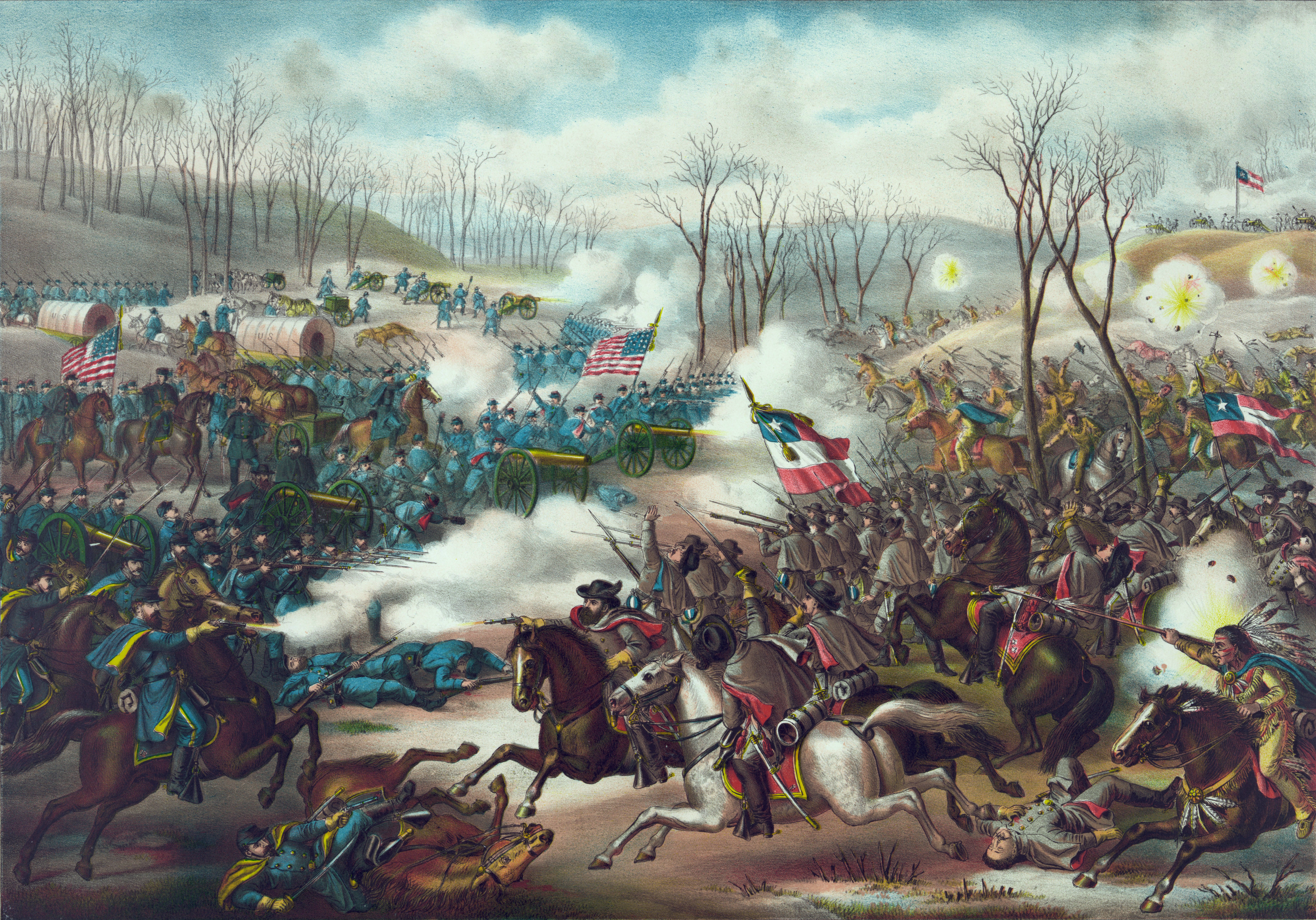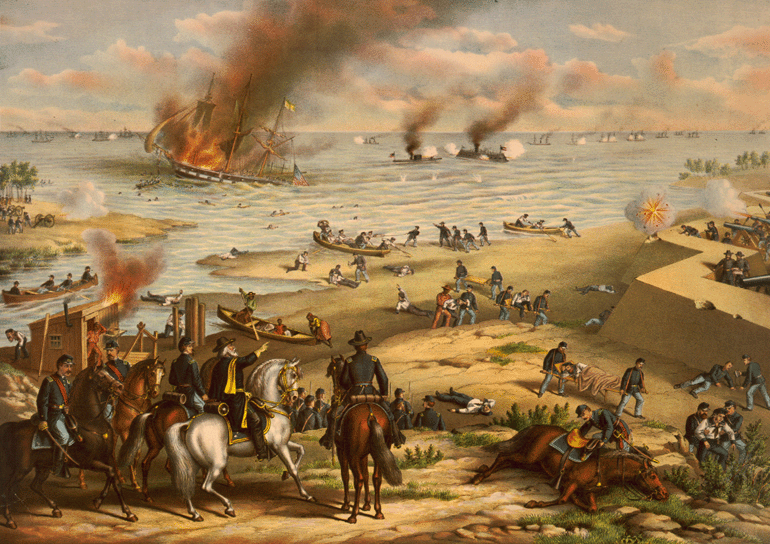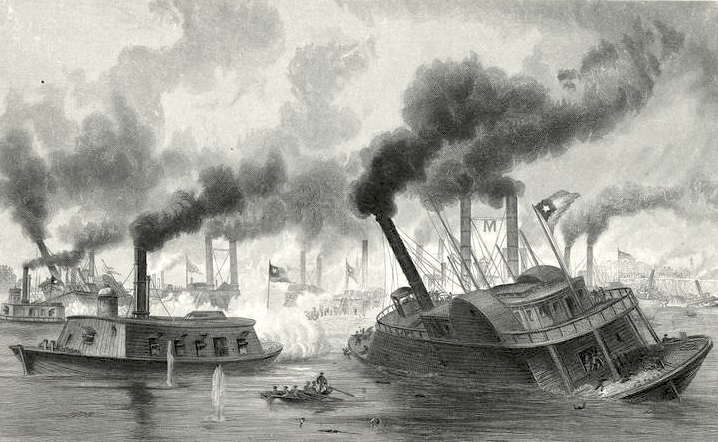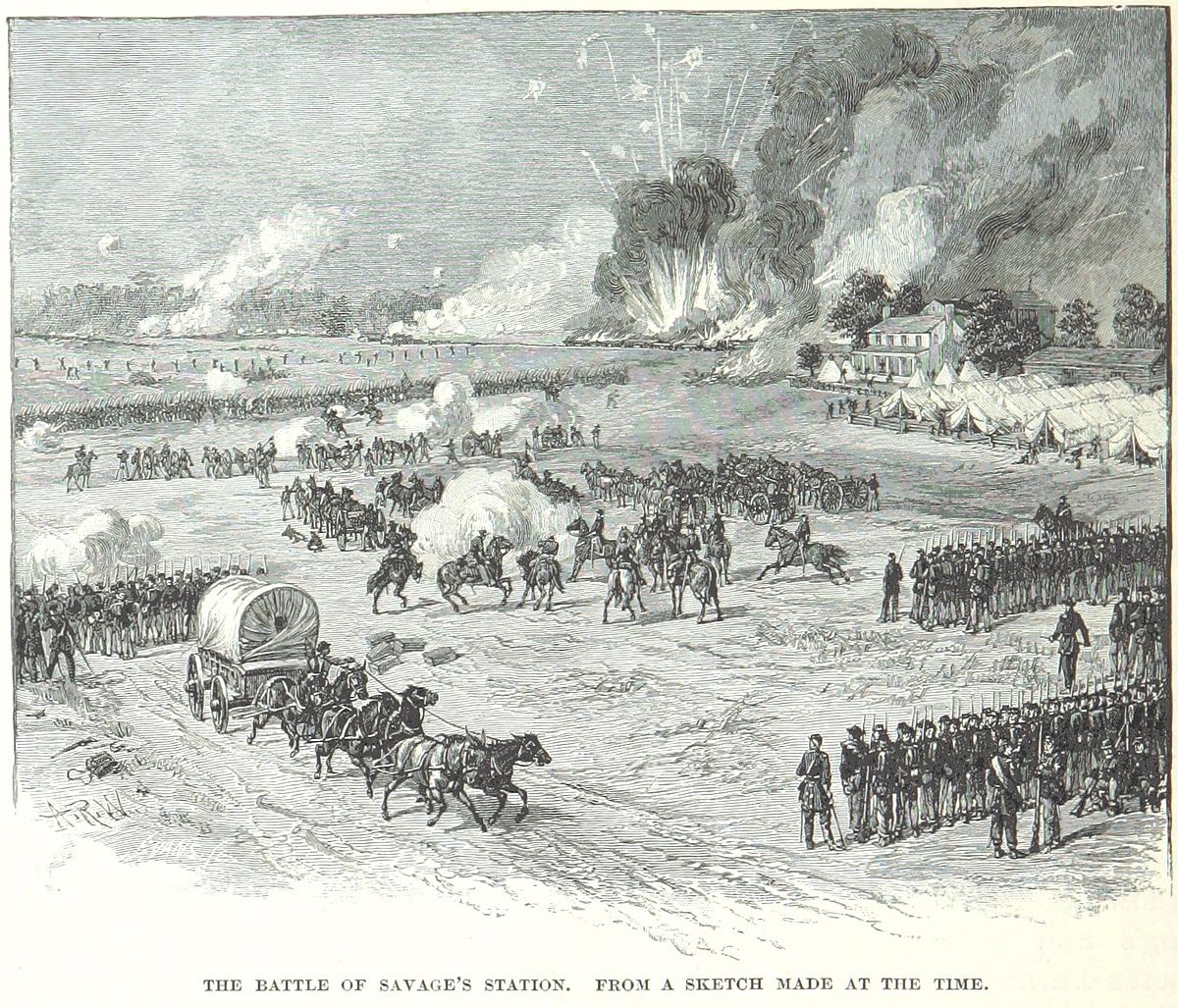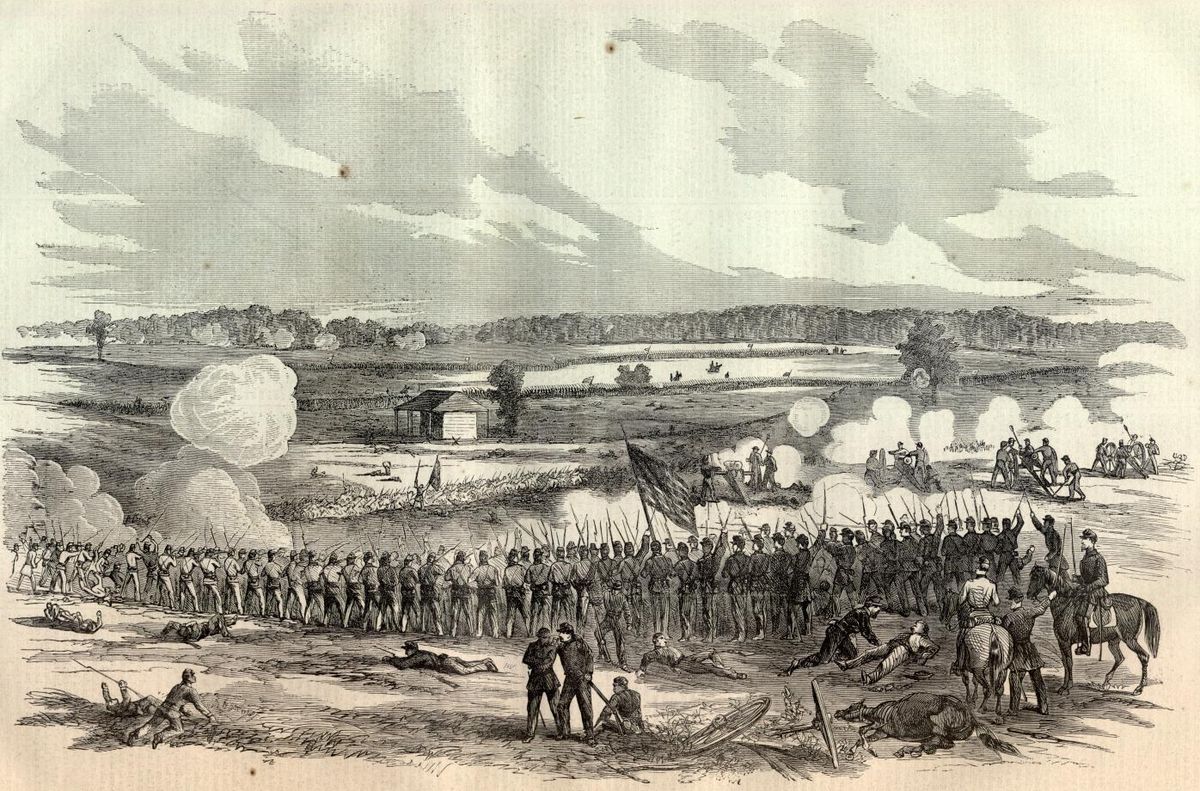Battle of Fort Sumter

Video
The Battle of Fort Sumter occurred from April 12 to 13, 1861, marking the beginning of the American Civil War. Following South Carolina's secession on December 20, 1860, Major Robert Anderson of the U.S. Army moved his small garrison from the vulnerable Fort Moultrie to the more defensible Fort Sumter on December 26, 1860. Attempts by President James Buchanan to resupply Anderson were thwarted when the unarmed merchant ship Star of the West was fired upon by Confederate batteries on January 9, 1861. By April 1861, the situation at Fort Sumter had deteriorated, with Anderson's garrison of 85 men facing shortages of food and ammunition. Brigadier General P. G. T. Beauregard, commanding Confederate forces, demanded Anderson's surrender, which was refused. At 4:30 a.m. on April 12, the Confederates commenced a bombardment of the fort from 43 guns and mortars, including those at Fort Moultrie and Fort Johnson.
During the 34-hour bombardment, Major Anderson's forces returned fire but were significantly outgunned. The fort's defenses, designed primarily for naval attacks, were ill-equipped to withstand the land-based artillery fire. By the morning of April 13, fires had engulfed much of the fort, and ammunition was critically low. At 1 p.m., the fort's flagpole was struck, prompting Colonel Louis Wigfall to approach Anderson under a white flag to negotiate terms for evacuation. Anderson, recognizing the untenable situation, agreed to a truce at 2:00 p.m. The formal surrender occurred at 2:30 p.m., with no casualties during the bombardment, although two soldiers were killed during the subsequent salute to the U.S. flag, marking the first fatalities of the Civil War.
Anderson's garrison was allowed to evacuate with their colors flying and drums beating, and they were transported to safety aboard a Confederate steamer. The surrender of Fort Sumter galvanized public opinion in both the North and South, leading to President Abraham Lincoln's call for 75,000 volunteers to suppress the rebellion. This event not only initiated military hostilities but also prompted additional Southern states to secede and join the Confederacy, setting the stage for the four-year conflict that followed.
Result/Victory
 Confederate
Confederate



 Inconclusive
Inconclusive

 Union
Union























